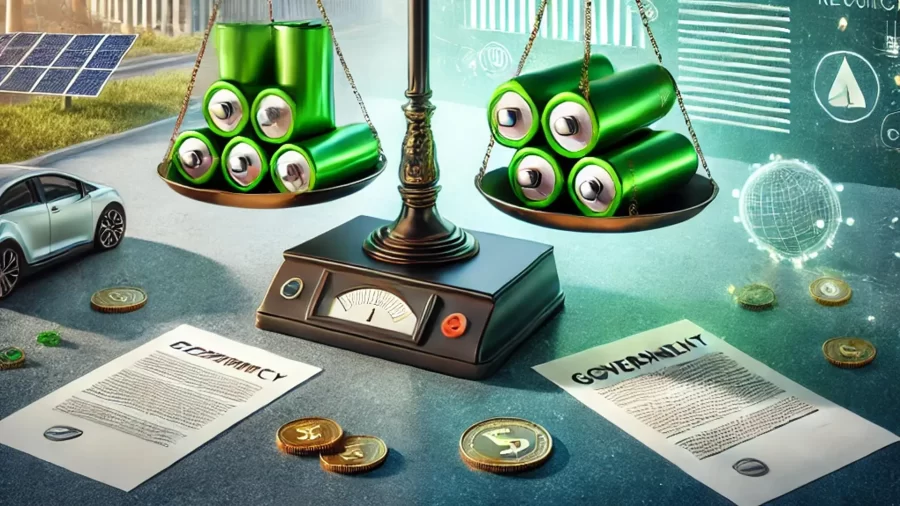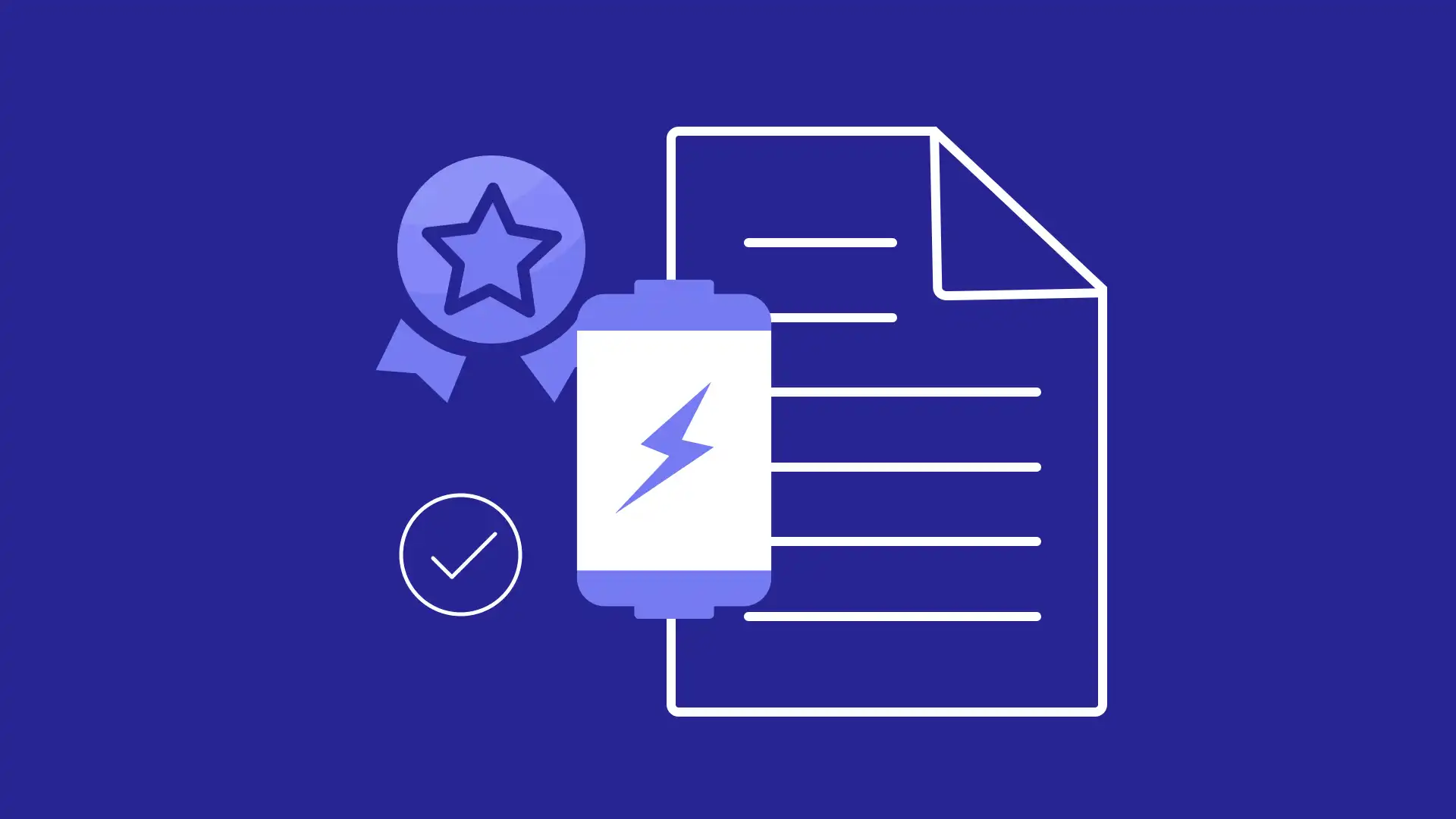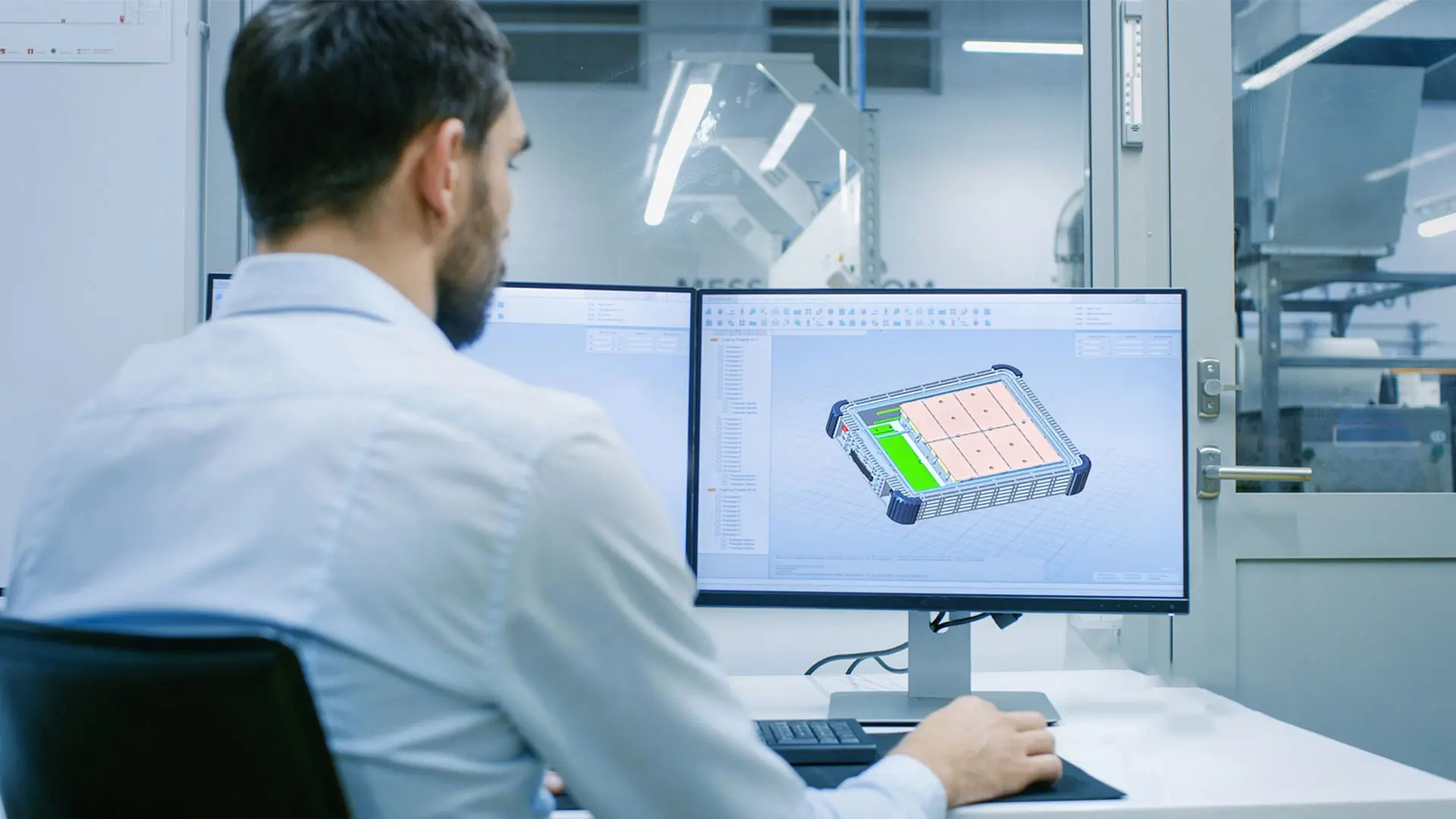Many of the world’s most important industries rely on lithium batteries, including grid energy storage, electric vehicles, and personal electronics like laptops and cell phones. While demand for lithium batteries is mostly driven by developed nations in the present, the future of the lithium battery industry is largely reliant on demand in emerging markets. Global policy plays a big part in an emerging nation’s adoption of lithium battery technology and can either accelerate or delay its progress. In this article, we’re going to explain how government policies affect the adoption of lithium batteries in emerging markets.
Subsidies and Incentives
Emerging nations often offer subsidies and incentives to lower up-front costs and accelerate the adoption of lithium battery technology. These subsidies and incentives can come by way of grants, tax breaks, grants, or direct subsidies for energy storage solutions or EV purchases.
China, for example, has implemented generous subsidies for lithium battery manufacturers and EV buyers, leading to China being one of the leading lithium battery industries in the world. India offers incentives under its FAME (Faster Adoption and Manufacturing of Electric Vehicles) program, which makes EVs more affordable across the country. Brazil provides tax exemptions on renewable energy storage solutions and EVs, encouraging an accelerated adoption of lithium battery-related industries.
Local Manufacturing Policies
The governments of emerging markets often offer incentives that prioritize local production like low-interest loans, tax breaks, and land grants to create jobs and reduce reliance on foreign suppliers. Indonesia, for example, capitalizes on its abundance of nickel by investing heavily in local production, as well as by forming strategic global trade partnerships. Mexico attracts investment from major EV manufacturers due to its proximity to the US. India boosts local battery manufacturing with policies like the Production Linked Incentive (PLI) scheme, which rewards companies for increased sales of domestically manufactured products.
Localizing production makes lithium batteries more affordable while also ensuring a reliable and resilient supply chain. Learn more about battery production technologies and how they help shape the future of clean energy storage solutions.
Tariffs and Trade Regulations

Another way that governments of emerging markets encourage local industry is through harsh import tariffs and trade regulations. This usually helps local business in the long-run, but can make the adoption of lithium battery technology costly for consumers in the short-run. South Africa and Indonesia impose high import tariffs and strict trade regulations to boost local industry and take advantage of their natural resources.
The alternative is a country like Vietnam, which offers low trade barriers for imported goods. This allows key components of lithium batteries to be imported with ease, ensuring affordable parts and end goods for consumers. While this creates a reliance on foreign nations for lithium battery components, it also boosts local industry by lowering prices and accelerating local demand for the product. Both are viable strategies, depending on what the country’s end goal is.
Other physical limitations, such as infrastructure, can be large factors in the adoption of lithium battery technology as well. Incentives and policies help to stimulate the growth of this infrastructure (such as grid storage capability and battery recycling centers). As you can see, government policy directly affects the adoption of lithium batteries around the world, and the future of these policies will determine the future of the lithium battery industry as we know it.












One thought